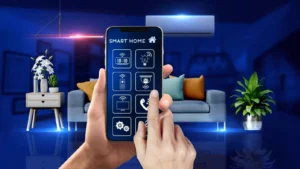
Smart Buildings and Home Automation: Trends and Innovations
In today’s fast-paced world, technology is transforming the way we live and work.
Smart buildings and home automation are at the forefront of this revolution, offering unprecedented levels of convenience.
Let’s explore some of the latest trends and innovations in this exciting field.
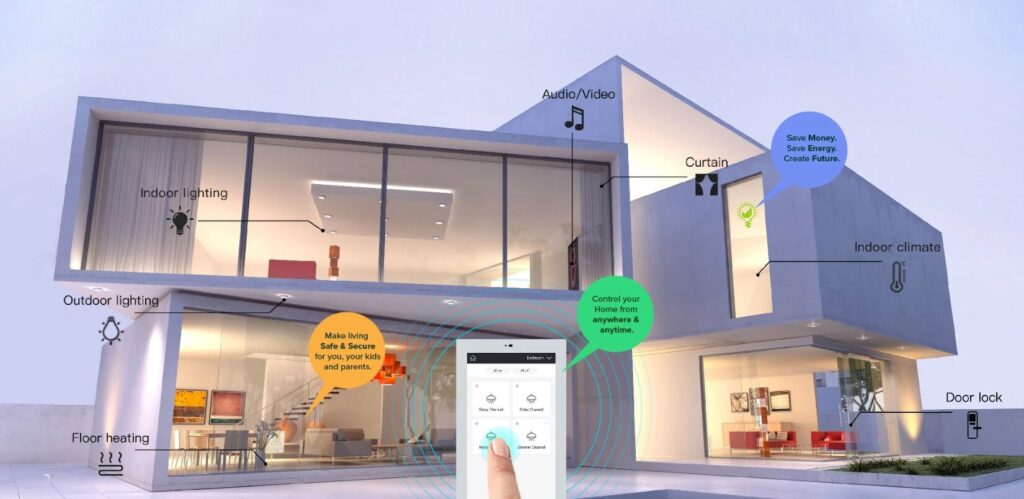
1. Integration of IoT and AI
The convergence of the Internet of Things (IoT) and Artificial Intelligence (AI) is creating smarter, more responsive buildings⁽¹⁾.
Advanced HVAC systems now use AI to optimize climate control, adapting to occupancy patterns and ext. weather conditions⁽¹⁾.
Predictive maintenance technologies anticipate equipment failures, ensuring uninterrupted operation⁽¹⁾.
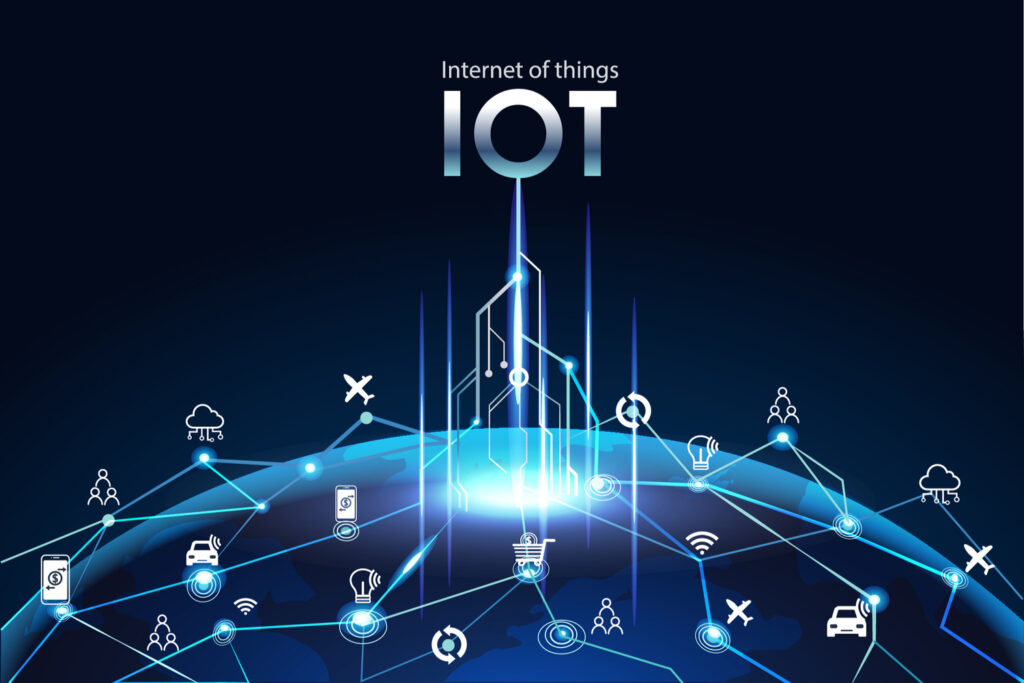
2. Embracing Sustainability and Green Technology
Sustainability is a key focus in smart buildings⁽¹⁾.
IoT sensors play a crucial role in monitoring and managing energy consumption⁽¹⁾.
AI algorithms analyze vast amounts of data from building operations, identifying patterns and inefficiencies⁽¹⁾.
Smart buildings are incorporating Environmental, Social, and Governance ESG factors into their operations and management⁽¹⁾.
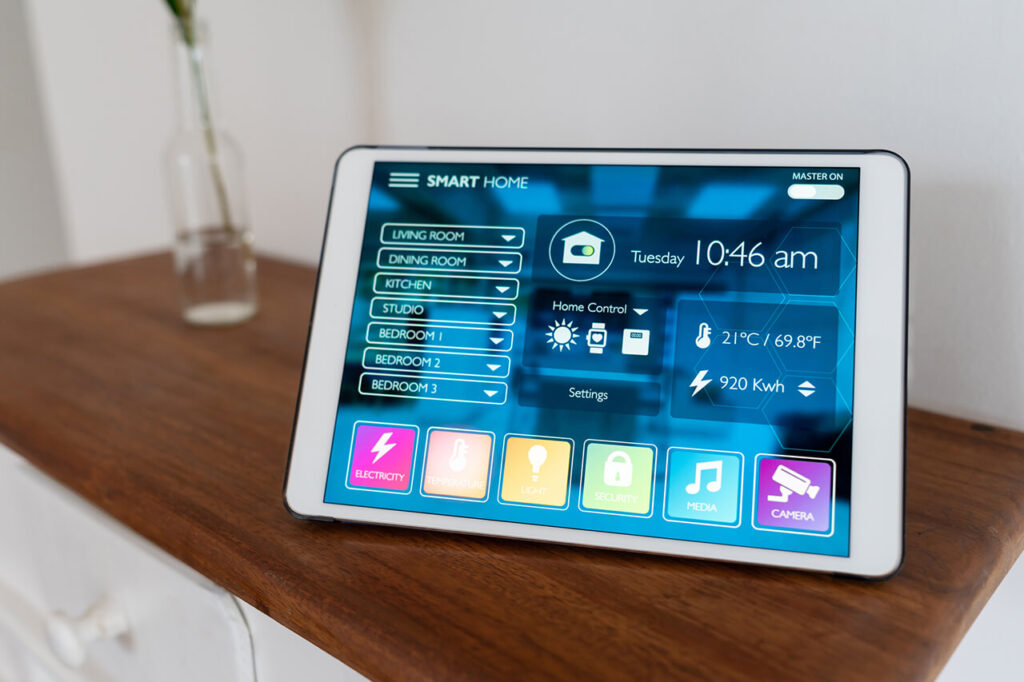
3. Advanced Security Systems
Security in smart buildings has evolved with technology⁽¹⁾.
Facial recognition systems offer secure, keyless entry⁽¹⁾.
AI-enabled surveillance can detect unusual activities, providing proactive security measures⁽¹⁾.
In emergencies, integrated systems guide occupants to exits and coordinate with first responders⁽¹⁾.
4. Prioritizing Health and Well-being
Health-focused technologies are increasingly important in building design⁽¹⁾.
Modern air filtration and purification systems ensure high indoor air quality⁽¹⁾.
Environmental sensors monitor parameters like CO2, humidity, and particulate matter, maintaining optimal conditions⁽¹⁾.
The incorporation of natural elements and biophilic designs enhances aesthetics and promotes mental well-being⁽¹⁾.
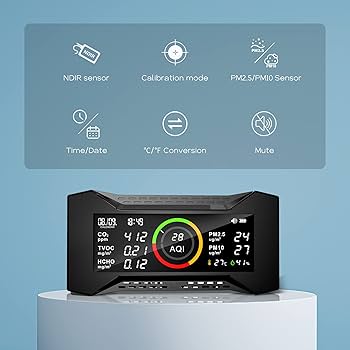
5. Enhanced Connectivity and 5G Integration
The deployment of 5G technology is transforming building connectivity⁽¹⁾.
Augmented reality (AR) applications assist in efficient building maintenance and management⁽¹⁾.
This enhanced connectivity allows for seamless integration of various smart devices and systems.
6. Real-time Energy Monitoring and Forecasting
Modern building management software (BMS) provides real-time energy usage statistics⁽²⁾.
This allows for better energy management and cost savings⁽²⁾.
Energy efficiency is further enhanced by using weather forecasts to adjust building operations⁽²⁾.
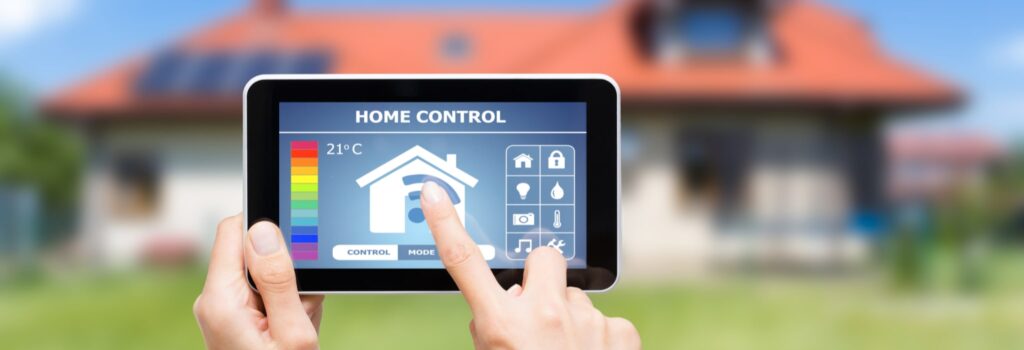
7. Occupancy-based HVAC Control
Smart buildings can offer occupancy-based HVAC control⁽²⁾.
Sensors measure temperature and CO2 levels, and algorithms optimize ventilation in real-time⁽²⁾.
This results in energy savings and improved comfort for occupants⁽²⁾.
8. Control and Reduction of Waste
Sustainable buildings have solutions for waste management⁽²⁾.
Waste is not only reduced but also managed efficiently⁽²⁾.
This includes recycling programs and the use of sustainable building materials⁽²⁾.
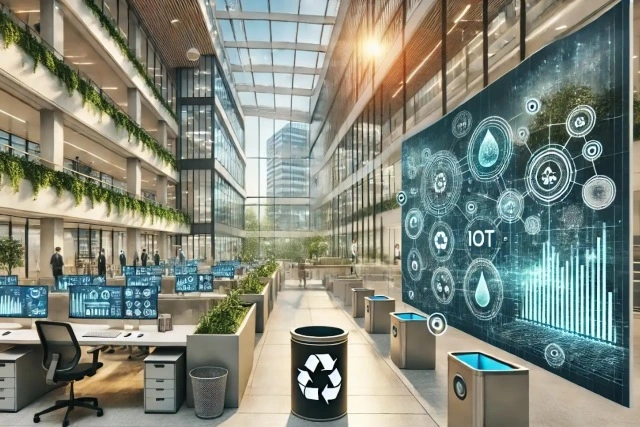
9. Smarter Appliance Functions
Smart homes are equipped with appliances that offer advanced functions⁽³⁾.
These appliances can be controlled remotely, providing convenience and energy savings⁽³⁾.
Voice assistants and natural language processing advances make it easier to interact with these devices⁽³⁾.
10. Expanded DIY Installation
The trend towards DIY installation is growing⁽³⁾.
Homeowners are increasingly taking on the installation of smart devices themselves, thanks to user-friendly interfaces and detailed guides⁽³⁾.
Smart buildings and home automation are not just about convenience; they are about creating a sustainable, efficient, and healthy environment for everyone.
As technology continues to evolve, we can expect even more innovative solutions that will transform our living and working spaces.
